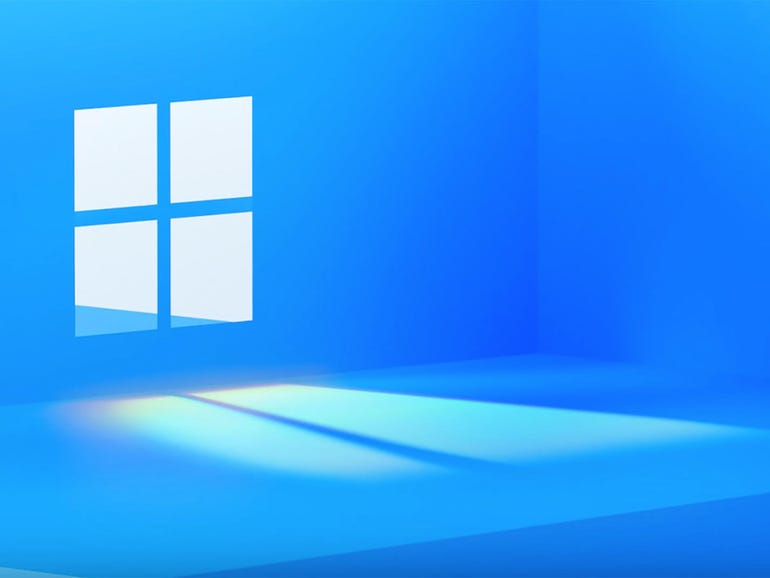
In my last column, I discussed the value of big releases as an opportunity to add features, refocus messaging, and bolster an ecosystem. However, as I noted, what constitutes a major release is a developer’s subjective call, with its credibility in the eye of the beholder. While there are some under-the-hood improvements in Windows 11, Microsoft has focused the initial messaging heavily on Windows’ new look, including revisiting some transparency effects that were first tried with Windows Vista. It has also expanded the PC’s software library by integrating support for Android apps (both through the Amazon app store and sideloading).
While it has not yet been implemented in the first Insider builds, Microsoft has integrated Teams chat in the kind of integration play that has been the hallmark of Apple OS updates. Particularly when considered alongside Google’s integration of Meet into Gmail and elsewhere, this helps explain why Apple has finally opened FaceTime conversations to other platforms via web clients.
The changes all support Windows 11’s theme of bringing users closer to the people and things they love. To a lesser extent, so does the streamlining of other visual elements. Foremost among these is the revamped Start menu that leaves behind the jarring visual inconsistency of Live Tiles, the long-running attempt at reinventing icons. In addition, the grid of options revealed when one swiped in from the right has been replaced with more differentiated and better-organized controls while the left side of the display hosts slide-out widgets in an interface like that used by MacOS Big Sur.
One of the new operating system’s best examples of doubling down on a leading user experience, Windows 11’s enhanced Snap feature builds on the ability to quickly resize and lock windows to half of the display by adding six layouts that appear where one mouses over the Maximize button. The feature stands in contrast to Apple’s multitasking improvement efforts in iPadOS, with Microsoft seeking to further simplify the longstanding challenge of window organization chaos in desktop operating systems and Apple seeking to expose how a windowless operating system can offer more of the information display flexibility of desktop OSes.
However, in a surprising move for Microsoft, some functionality has been removed from Windows 11. For example, Task View’s Timeline feature, which allows resuming app sessions from any PC, was once heralded as a major leap forward in bridging work across multiple devices, on any PC. But the feature was confusing and required OneDrive access, which inhibited adoption, and so it won’t be moving forward. Furthermore, Microsoft may have well been stymied by not controlling mobile client platforms. One can still manually “push” a work session from a mobile device using Microsoft’s Continue on PC app and the announcement of Windows 365 presages a future where continuing work across platforms may yield to accessing a single work environment across them. Less surprising is the removal of Cortana, from which Microsoft has slowly retreated.
Meanwhile, in a less profound but more curious strike, custom options have been removed from taskbar icon context menus. It’s not the sort of removal that will have users shaking their fists at the sky and screaming an extended “Why!?” as an aerial shot zooms out. However, discovering them was one of those little revelations in a platform that has always been smart about leveraging context menus; a smidgeon of more consistency doesn’t justify their elimination so perhaps Microsoft should reconsider or at least introduce additional standardized options.





































